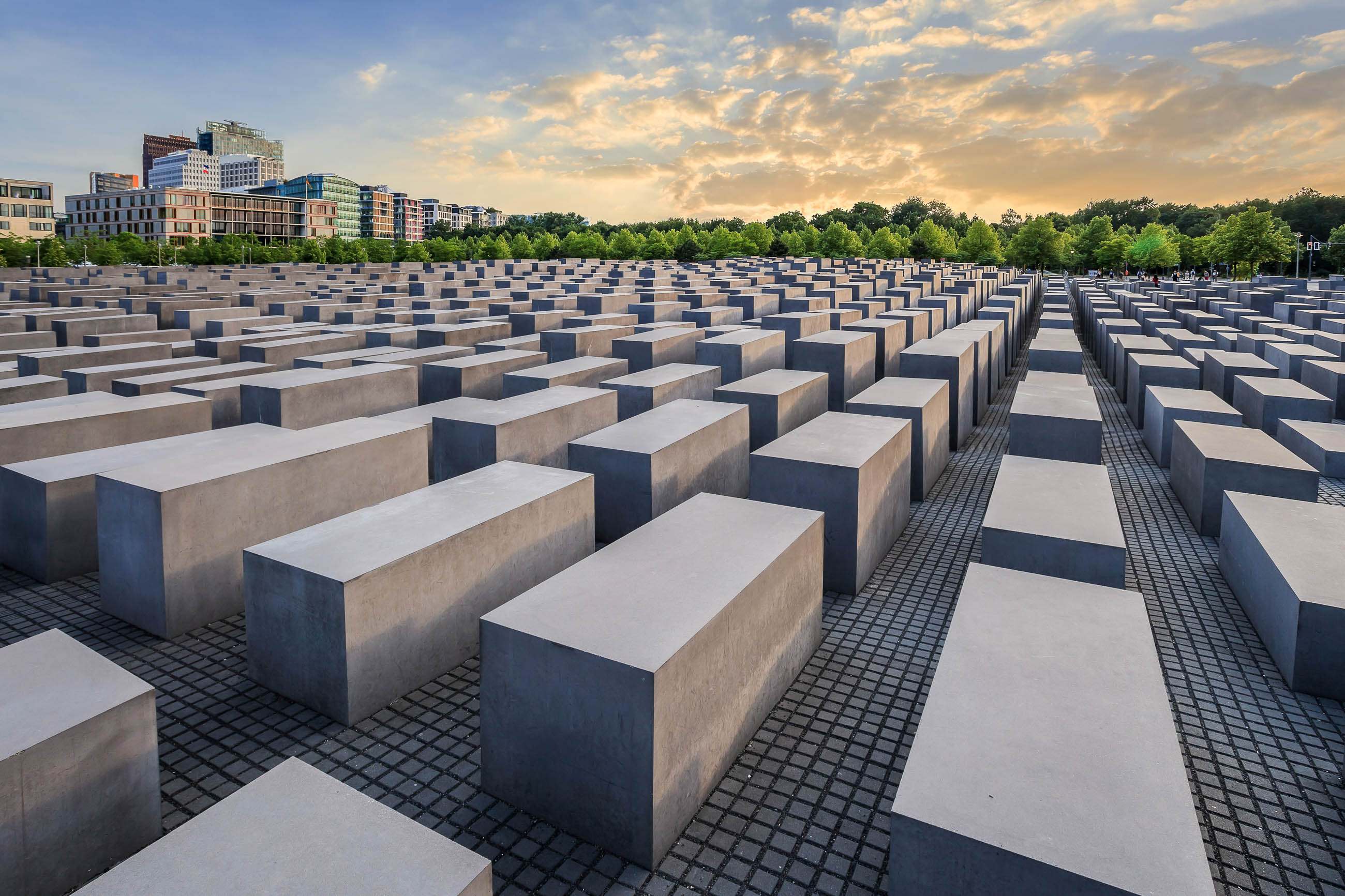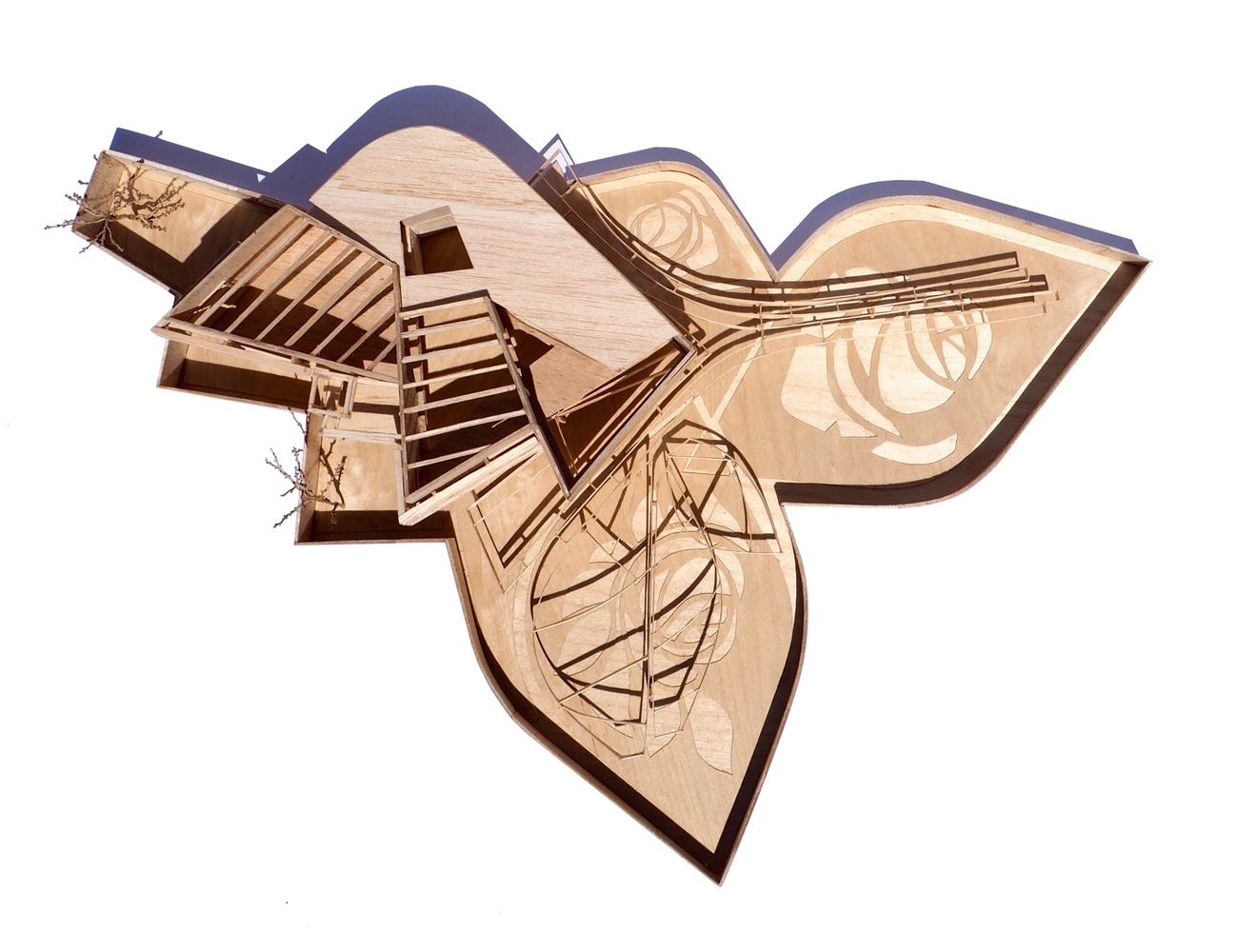ARCHITECTURE AND MEMORY

“Let us never allow ourselves to live with amusia … that is, not a single day without the company of the muses”, maintained the Vorticist painter, Wyndham Lewis. To be creative, romantic artists would invoke the muses, the daughters of Mnemosyne, Goddess of Memory, who, in Greek mythology, always preceded the poetic function. Perhaps that is why Valle-Inclán maintained that, without memory, there is no poetry.
Memory is understood through the study of its opposite, forgetfulness, from oblivion. Memory chooses what it forgets, said Borges. For efficiency and economy of the mind it is necessary to forget, for what we have left to live and for our commitment to the present. Oblivion can be voluntarily provoked, or involuntarily destroyed. When it is stored or stratified, it is available to be used again, at any time, in the present or in the future. However, if the data has been erased or obliterated, oblivion appears by destruction, a true denial of memory. This is what happens to the person who suffers pathological problems with memory, such as Alzheimer’s outpatients.
We are memory. Memory is necessary so that the contemporary individual can define their identity and their own environment. Both personal and collective memory produce intense interference on the immediate environment, architecture and cities. Personal memory generates as many landscapes as people. The collective memory is that which each society has developed, on its own culture, as a depository of the myths, traditions and innovations it interprets, giving them a meaning. A memory transmitted socially, is constantly changing and establishing a symbolic relationship, between the subject and the environment in which they live. Memory is not only useful for us to know who we are, but also for others to know who we are to them. In memory, time plays a fundamental role, it is an inseparable condition of it. It is also a material of the architectural project, always linked to the speculation of the future, from the present. Both in the process of the project and in memory, time interferes as a distorting or fragmenting element in the interpretation of reality.
When the powerful binder of memory is diluted, the architecture of memories collapses. Memory does not have an argument, it is not a narrative that can be evoked in a sequential line. Memory presents us with what we have experienced, as fragments of unconnected situations and images that are not temporally ordered, and which lack a story, a context, and therefore lack meaning. This relationship that we establish with reality, through time and memory, is transmitted to the process of the architectural project and intervenes in its praxis. These fragments are situated at the very limit of reality, and are an unexplored field of investigation.
As architects we design, assuming the recipients of our projects, buildings and constructions, have memory and, therefore, are capable of recomposing a mental blueprint, or situation, previously thought by us to allow them to orient themselves, to move or to remain, when they use the spaces we design. However, what happens when those points of reference that are taken for granted do not exist, or change rapidly? So, is the environment in charge of maintaining the anchor of memory?
How can we design for the absence of memory?


